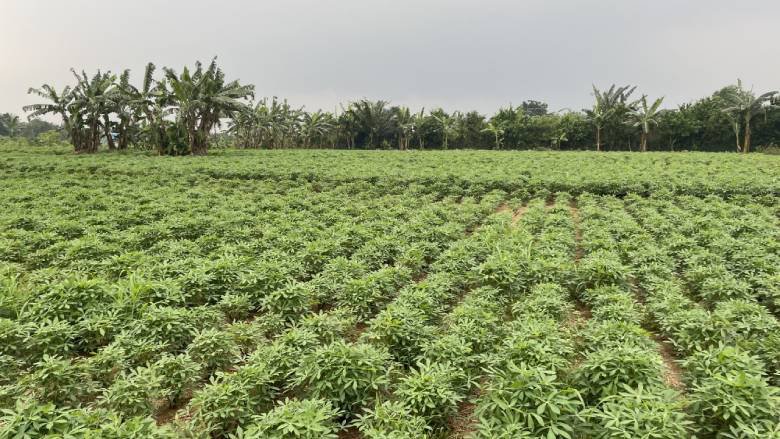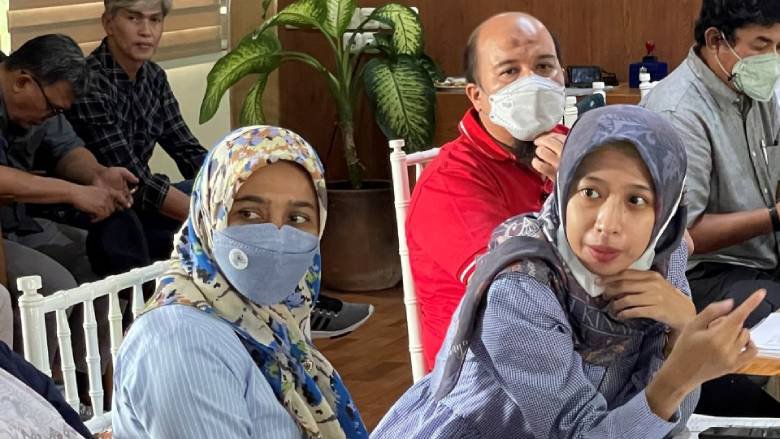Modernizing irrigation is a top priority for Indonesia. Agriculture represents around 14 percent of the economy and around 33 percent of the entire labor force (40 million people). It is estimated that 60 percent of the poor (those earning less than US$1.25 per day) rely on agriculture for their income. But of all agricultural land, just 15 percent is irrigated and 95 percent of the national rice production originates from these irrigated lands, underlining just how impactful irrigation is in maximizing production. Thus, in a country where one tenth of the population remains poor, irrigated agriculture holds significant potential to not just reduce income deficits, but improve food security for the country as a whole.
But expanding irrigation is not just about developing infrastructure. It is also about ensuring that the service delivery enabled by the infrastructure is effective. In other words, that management of irrigation water supply services is accountable and transparent, effective and efficient, and most importantly, provides value to farmers. Synergies between infrastructure development, the management of irrigation and agriculture, as well as the strengthening of capacities of institutions and stakeholders is a key ingredient for achieving successful irrigation modernization.
Transitioning From Infrastructure Development to Service Delivery
This is often easier said than done. The public works agencies that excelled in the construction of civil works often continue to be responsible for the management of that infrastructure. It has been challenging for irrigation institutions to reinvent themselves as service providers for whom success is measured by user satisfaction or quality of services instead of physical outputs like meters of canal lined or number of canal gates operated.
This is further complicated by Indonesia’s complex irrigation management system in which the operation of irrigation services covering 7.4 million hectares of land have been divided among three different bureaucratic tiers: National, Provincial, and District. In the absence of a functioning accountability system between the different levels of service providers and their respective clients, the irrigation sector faces significant performance issues. The situation is aggravated by the shortages in field level staff at all three levels and lack of systematic information on actual amounts of water needed, available, and allocated. The result is that irrigation is often locked into a vicious cycle of poor performance and infrastructure degradation. So while agriculture uses 80 percent of Indonesia’s water, nearly half (46 percent) of irrigation systems are classed as “in poor condition.”
Such inefficiency is especially problematic in a country as vulnerable to climate change impacts as Indonesia where water related disasters have caused considerable loss of life and average economic losses of US$2–3 billion each year between 2007 and 2018. A recent World Bank study found that without dedicated action on water security, the country will fall short of its Vision 2045 GDP target – which would see the country, already the largest economy in Southeast Asia, become the fifth largest economy in the world. - by up to 7.3 percent. Given irrigated agriculture’s water demands, the greatest water savings can be sought in that sector by improving irrigation efficiency.


